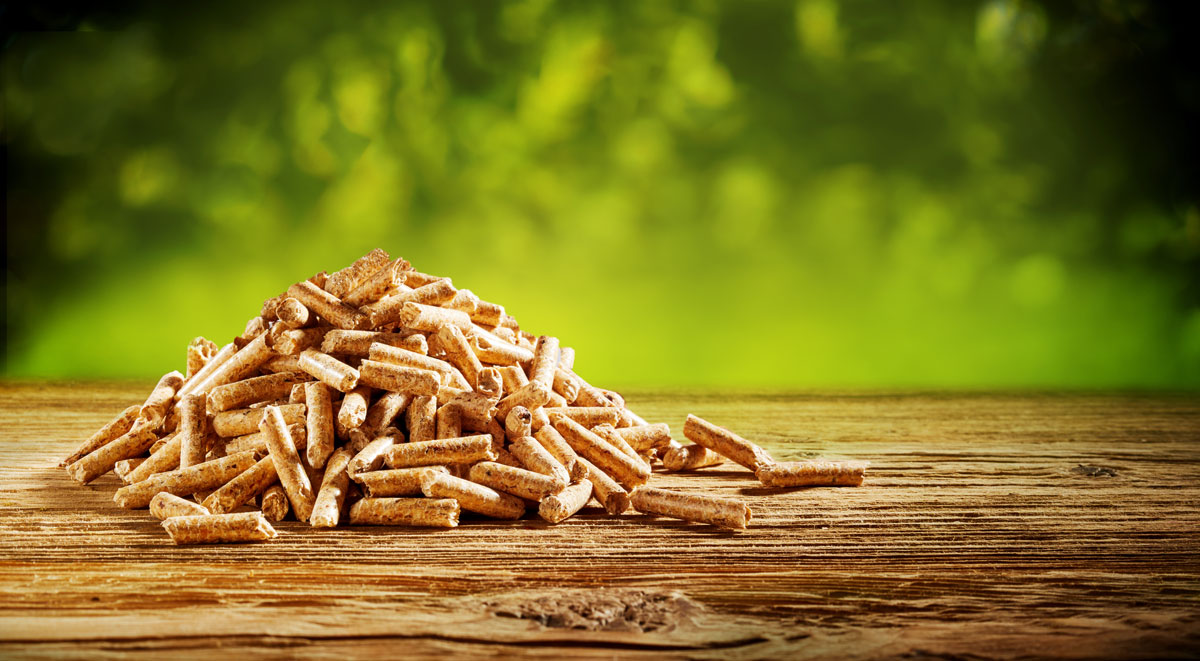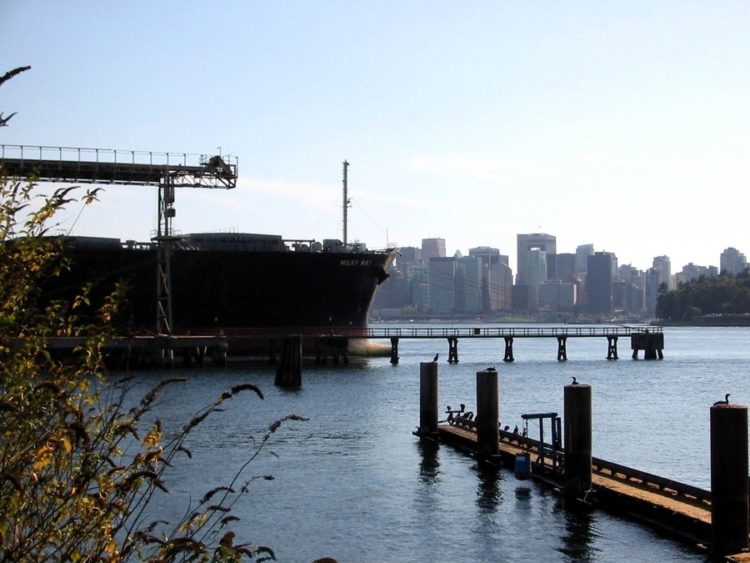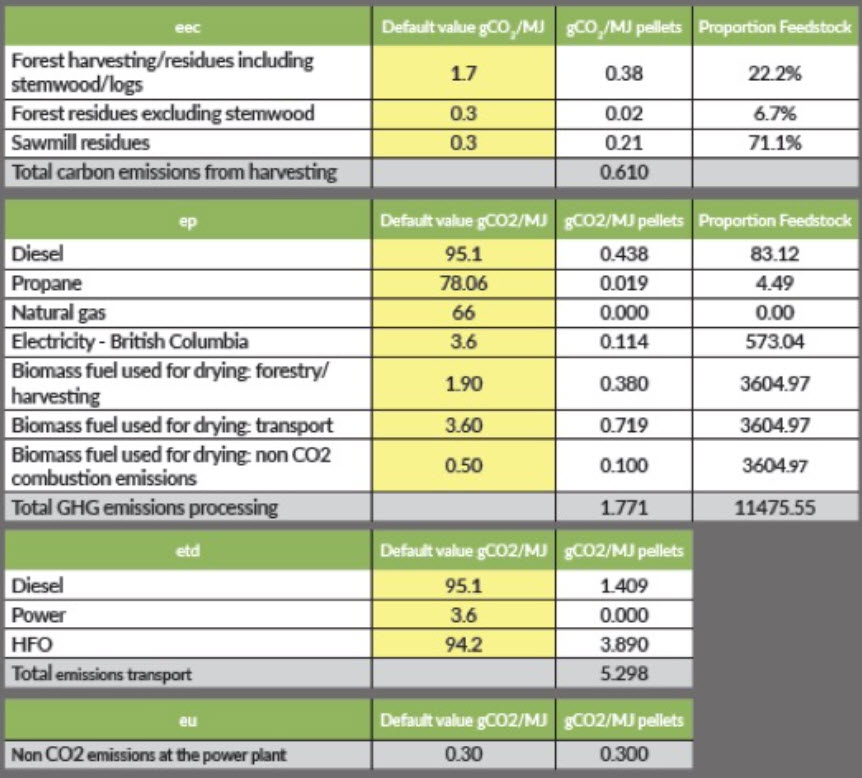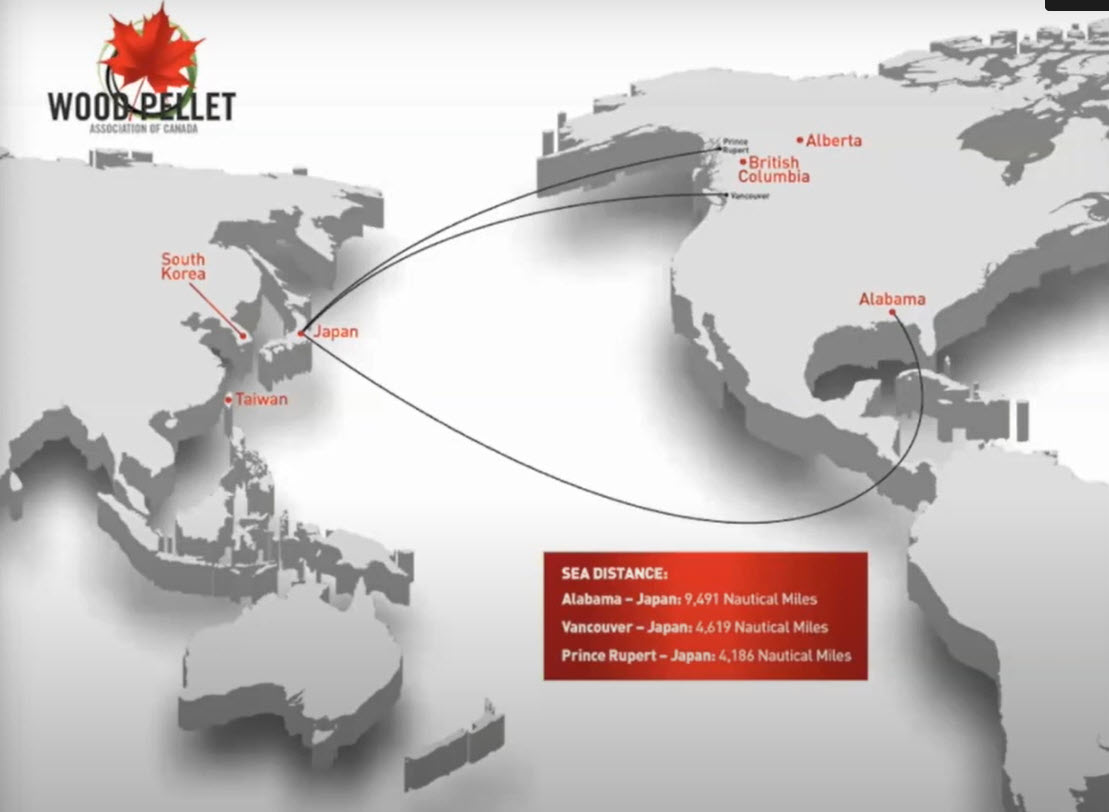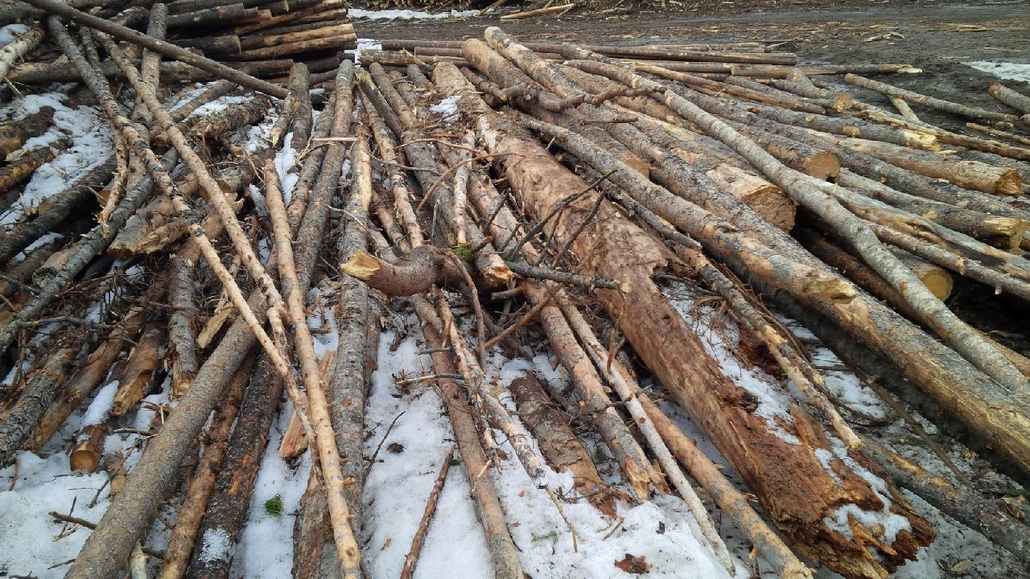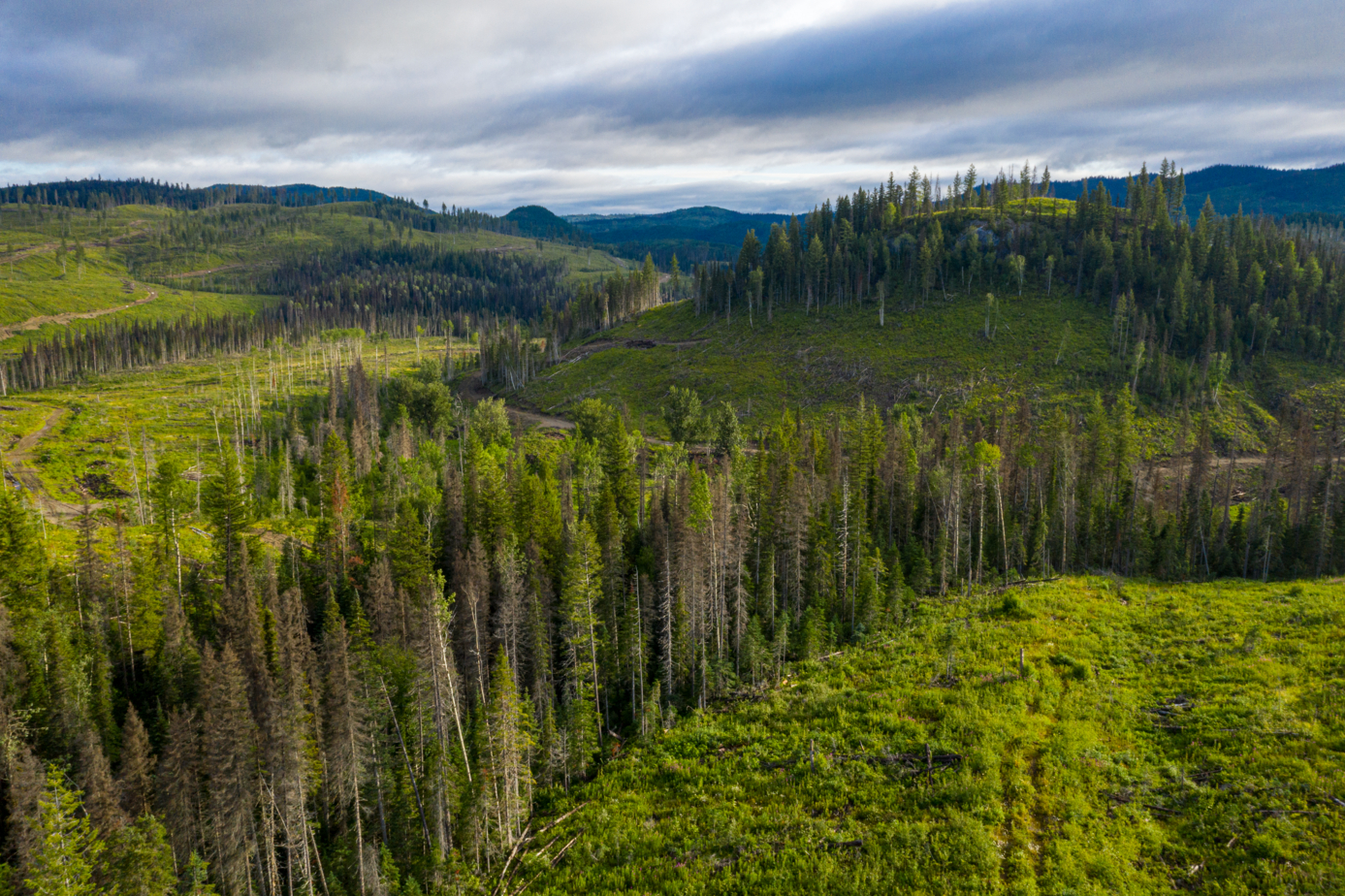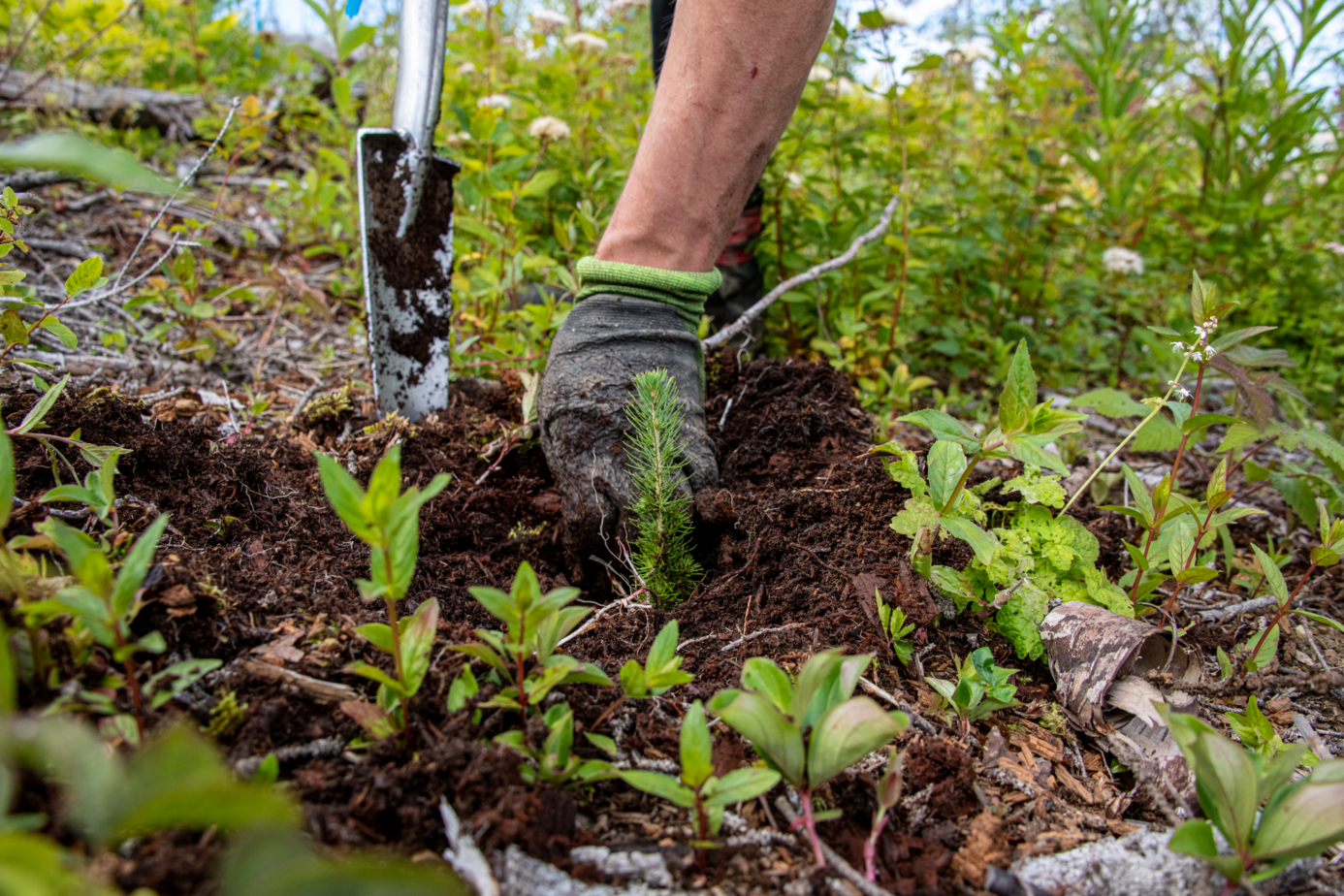“Governments are undertaking detailed discussions aimed at developing sustainability criteria to evaluate various biomass energy inputs,” said Takanobu Aikawa, PhD, Senior Researcher at the Renewable Energy Institute. “These are predicated on three pillars of sustainability—measuring GHG reduction impacts, evaluating land sustainability practices and ensuring traceability.”
Sustainability
Not all biomass is created equal
At the 2021 Asian Wood Pellet Conference, there was agreement among attendees that not all biomass is created equal and steps are being taken to ensure biomass is delivering on its promise of displacing coal and fossil energy with an immediate and renewable fuel source.
